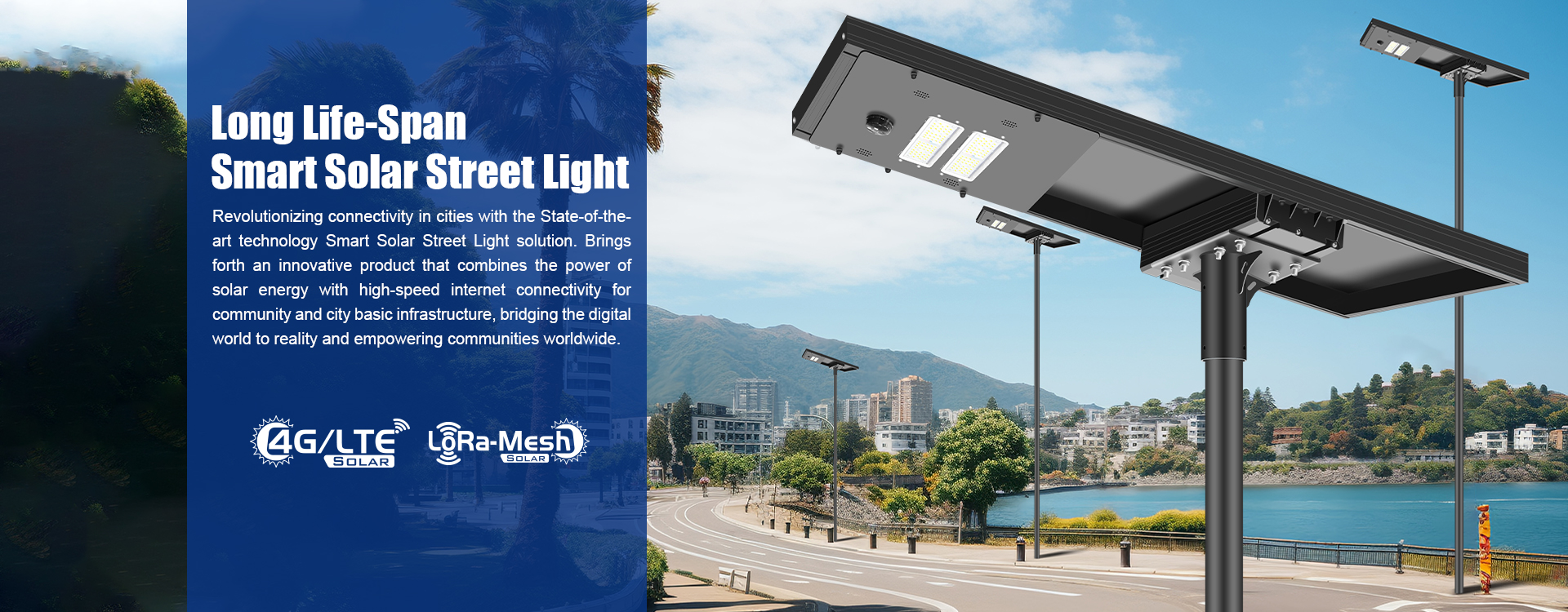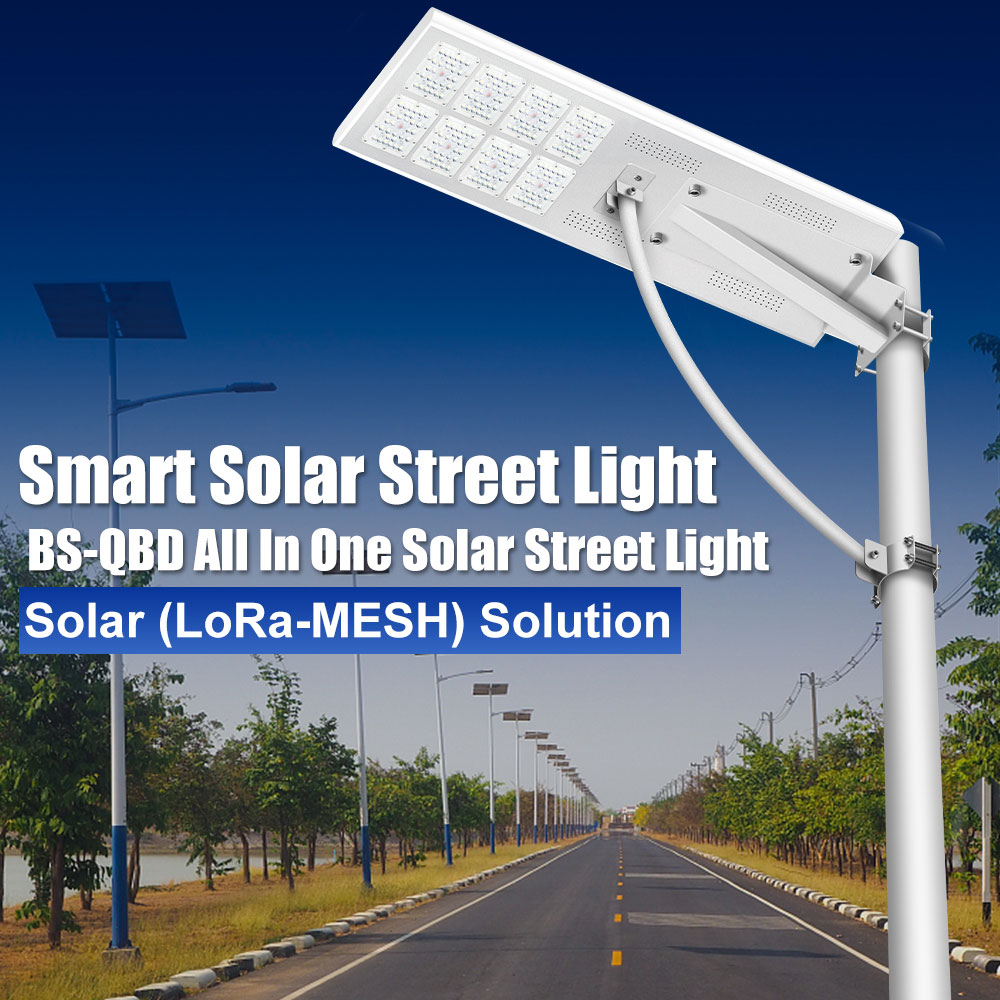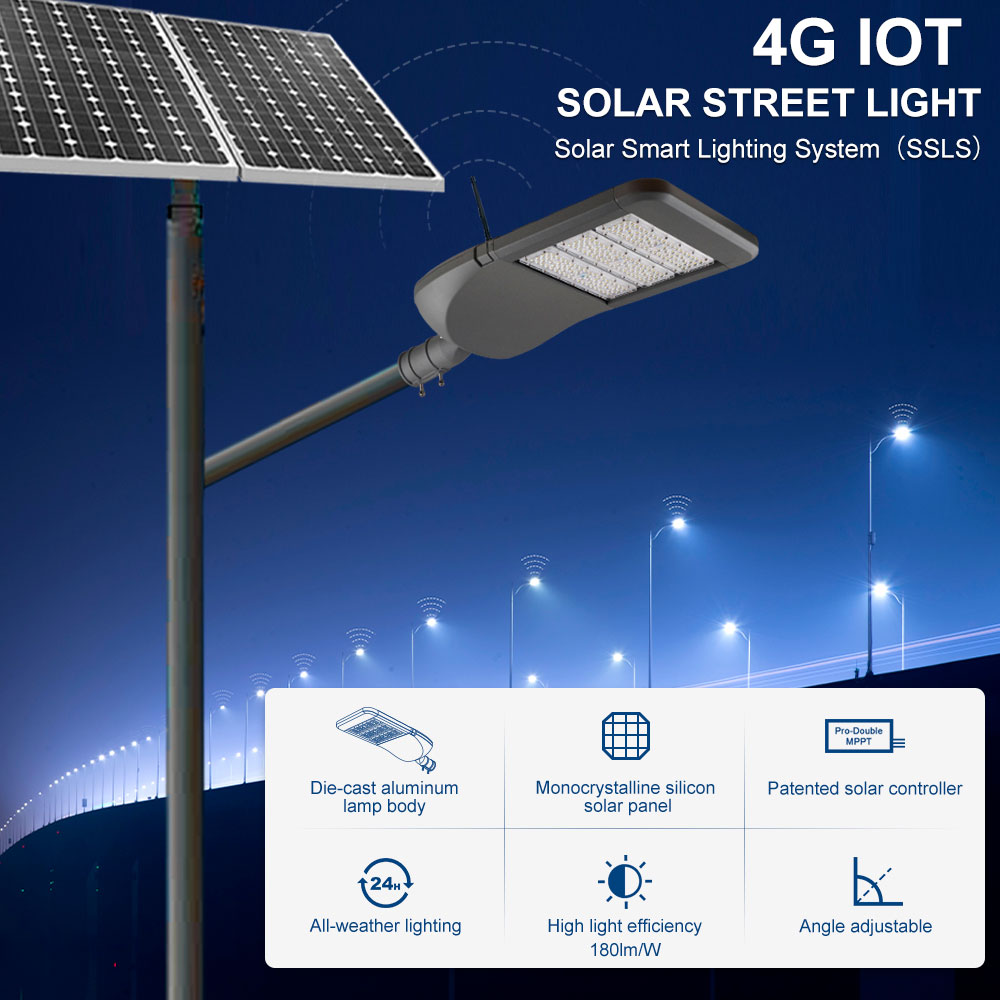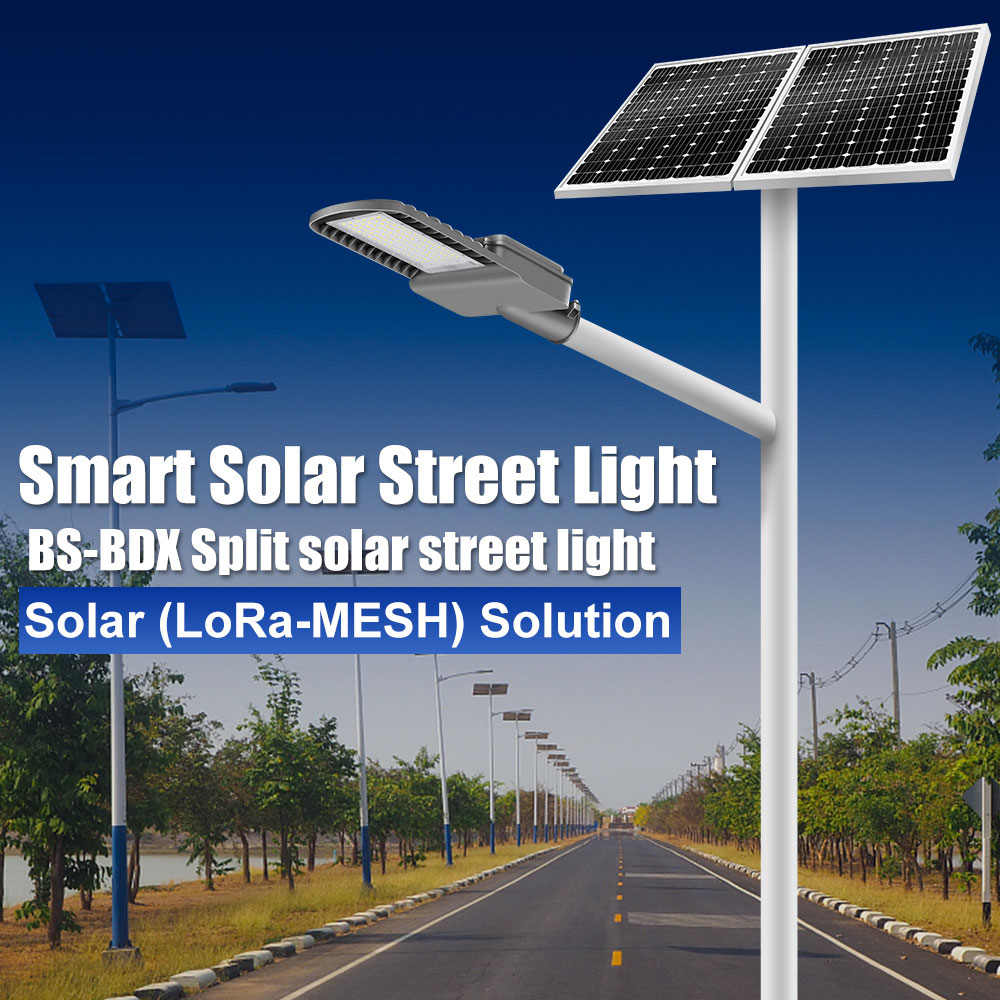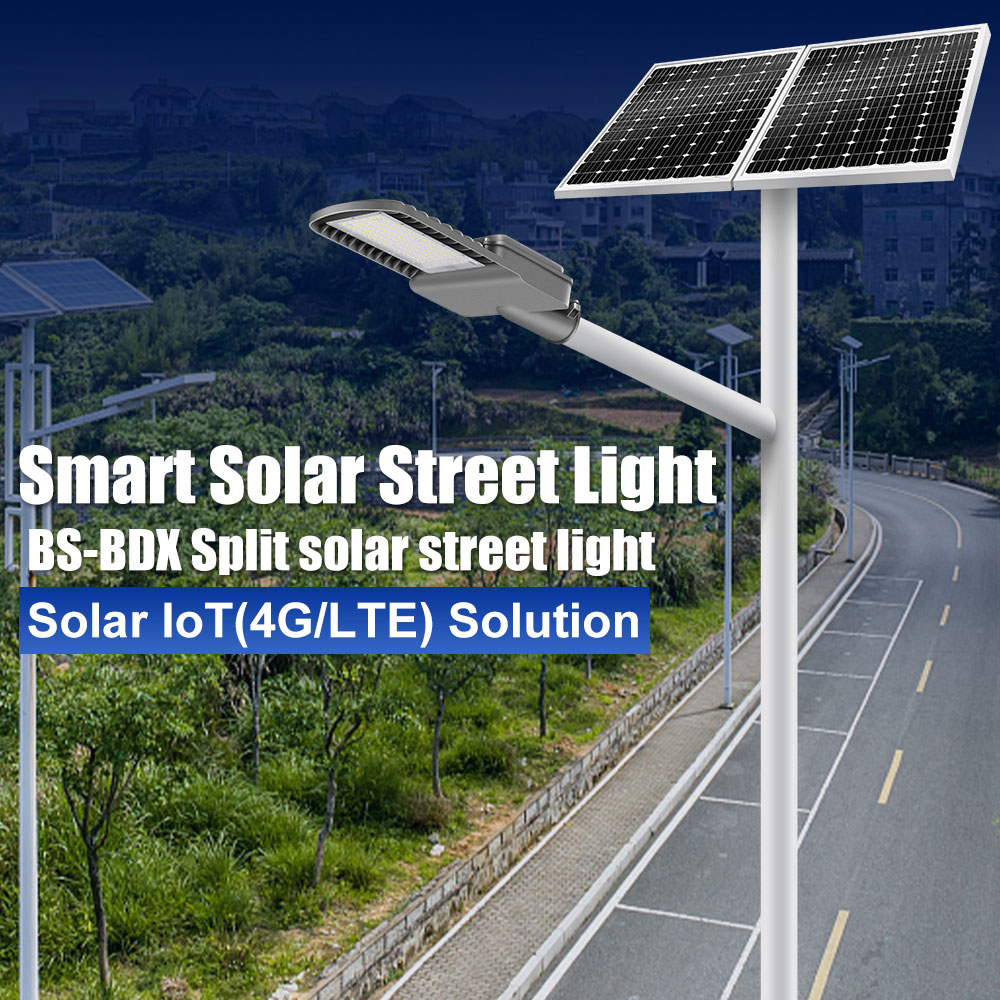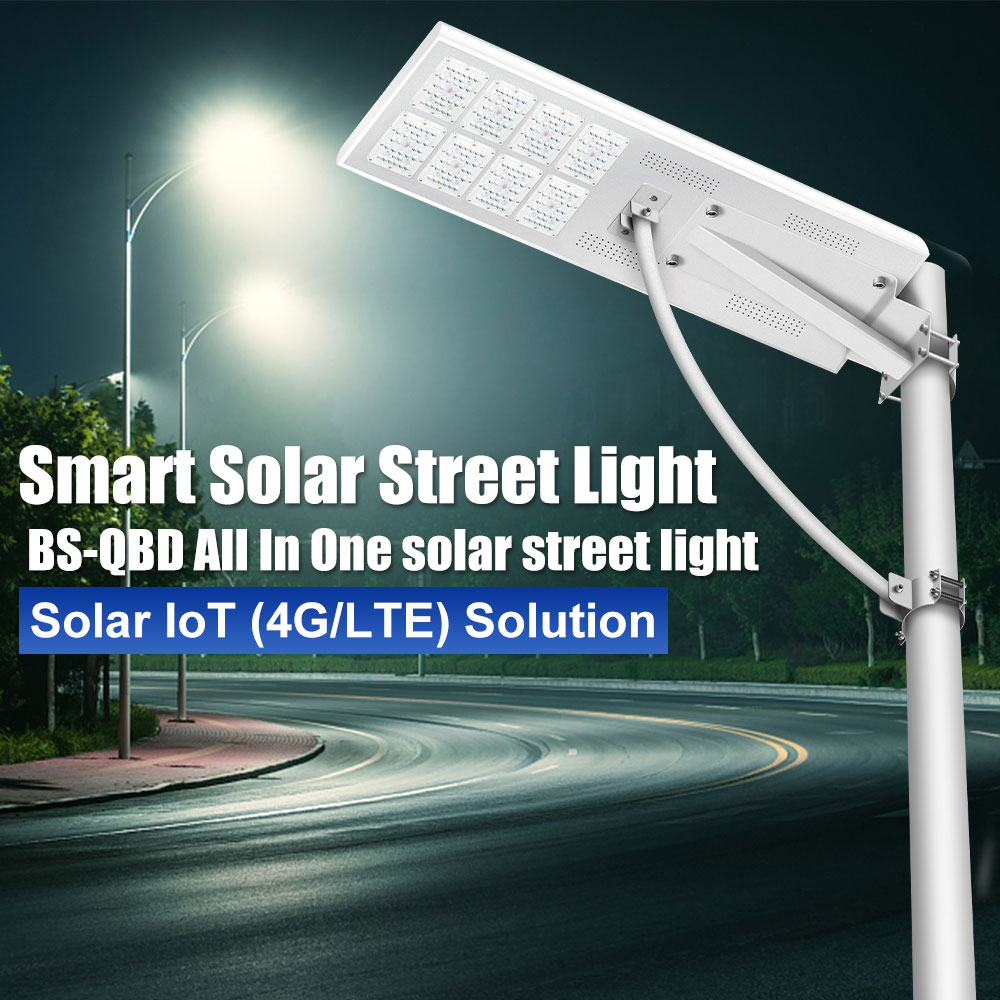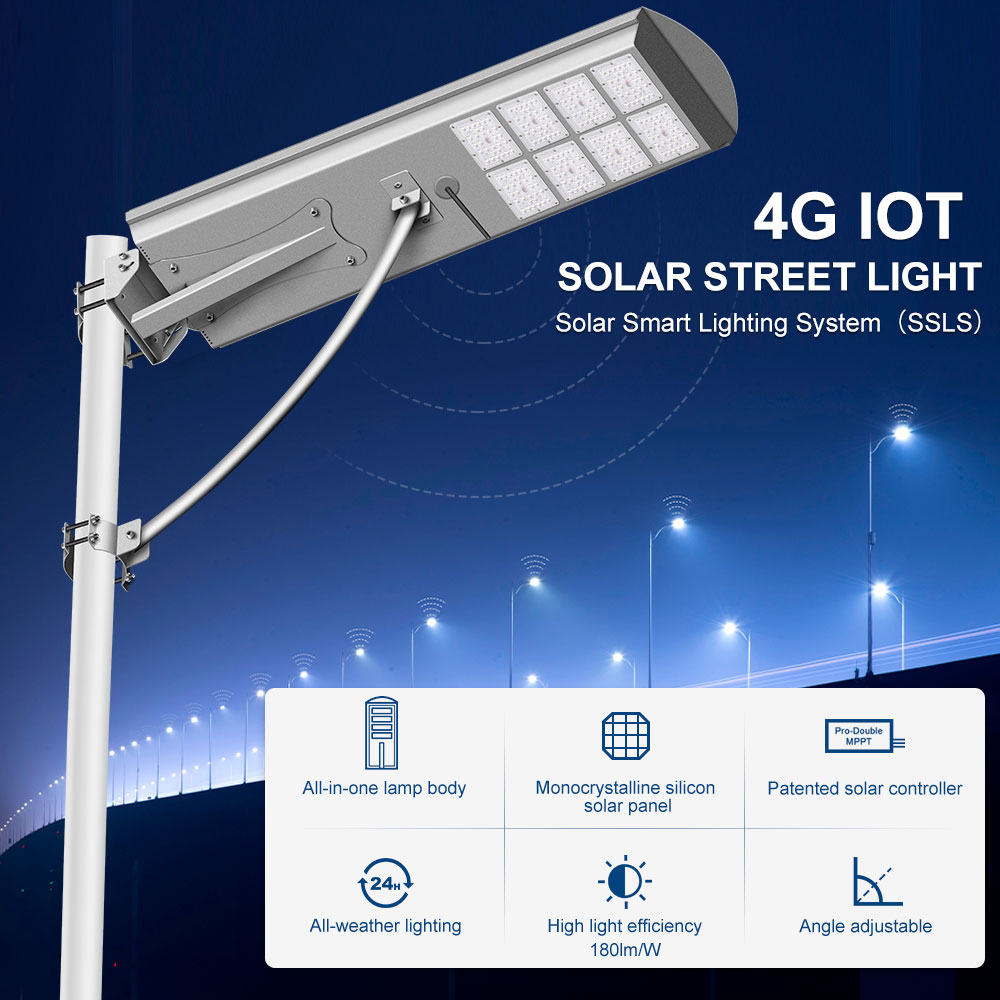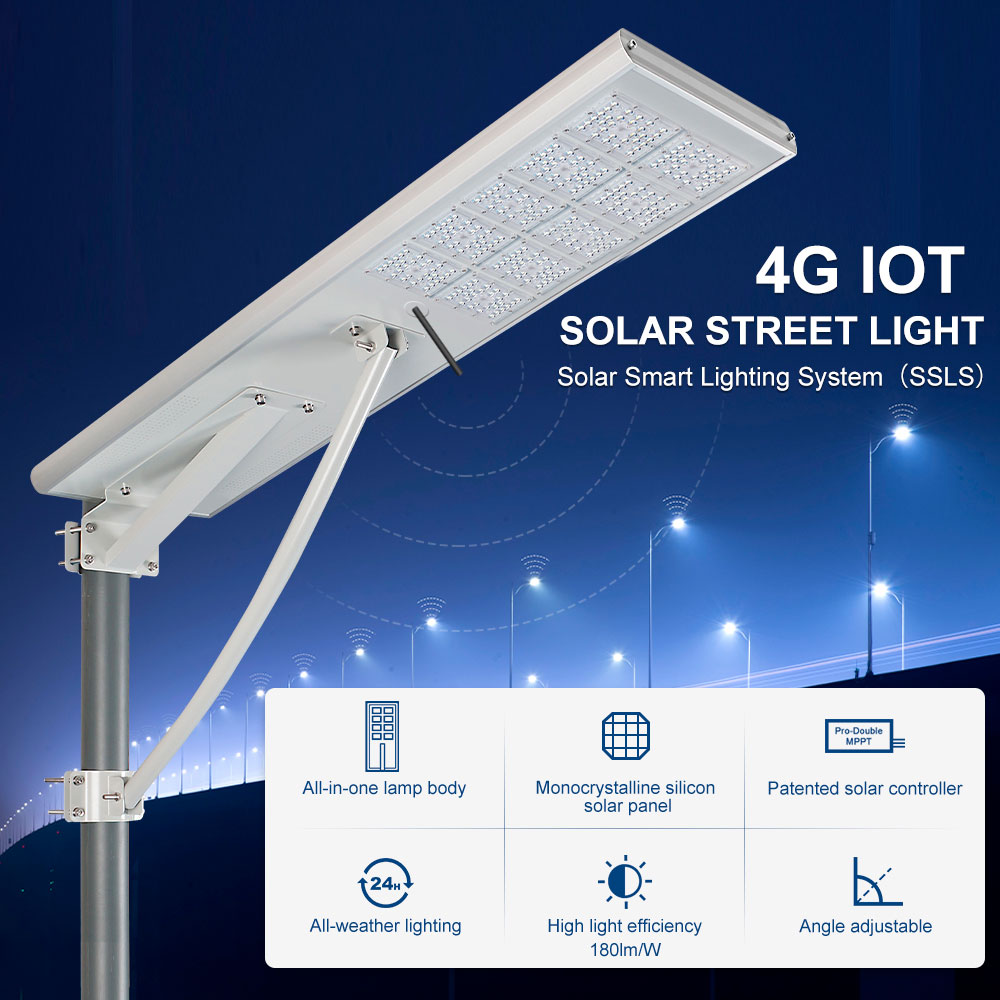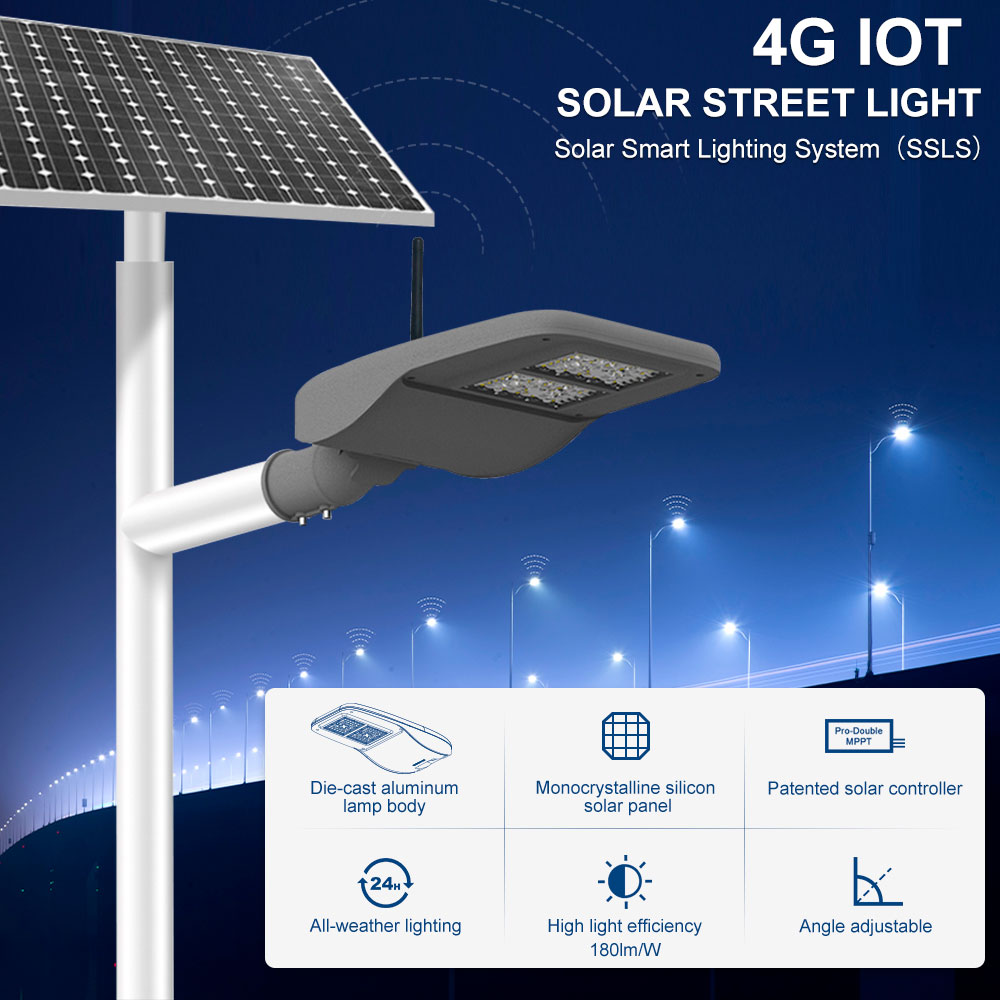| Communication Type |
Wireless MESH (node-to-node + gateway) |
Cellular (each node connects directly to the cloud) |
| Topology |
Mesh topology (with relay routing) |
Star topology (direct-to-cloud) |
| Internet Connection |
Via Gateway (shared among nodes) |
Via SIM card (per light or per group) |
| Coverage Range |
1–5 km with relays |
Nationwide, depends on telecom signal |
| SIM Card Required |
No |
Yes |
| Cost (Per Node) |
Lower (shared gateway, no SIM/data fees) |
Higher (SIM + data fees per unit or group) |
| Installation Complexity |
Medium (gateway setup, MESH configuration) |
Simple (plug-and-play with good signal) |
| Reliability |
High (self-healing, peer relaying) |
High (if signal is stable) |
| Scalability |
Excellent for large-scale deployments |
Good for small/medium sites or remote areas |
| Data Transmission Speed |
Moderate (enough for lighting control) |
High (supports video/sensor-heavy applications) |
